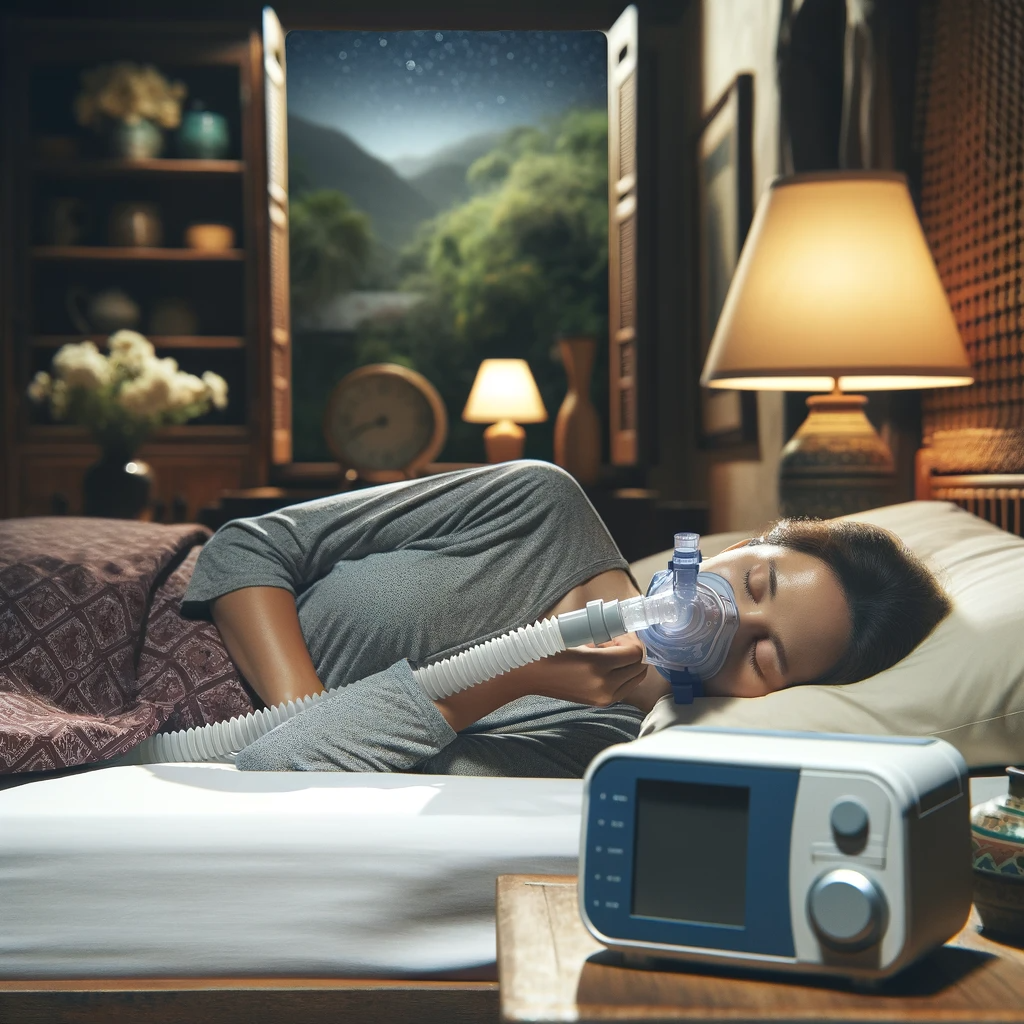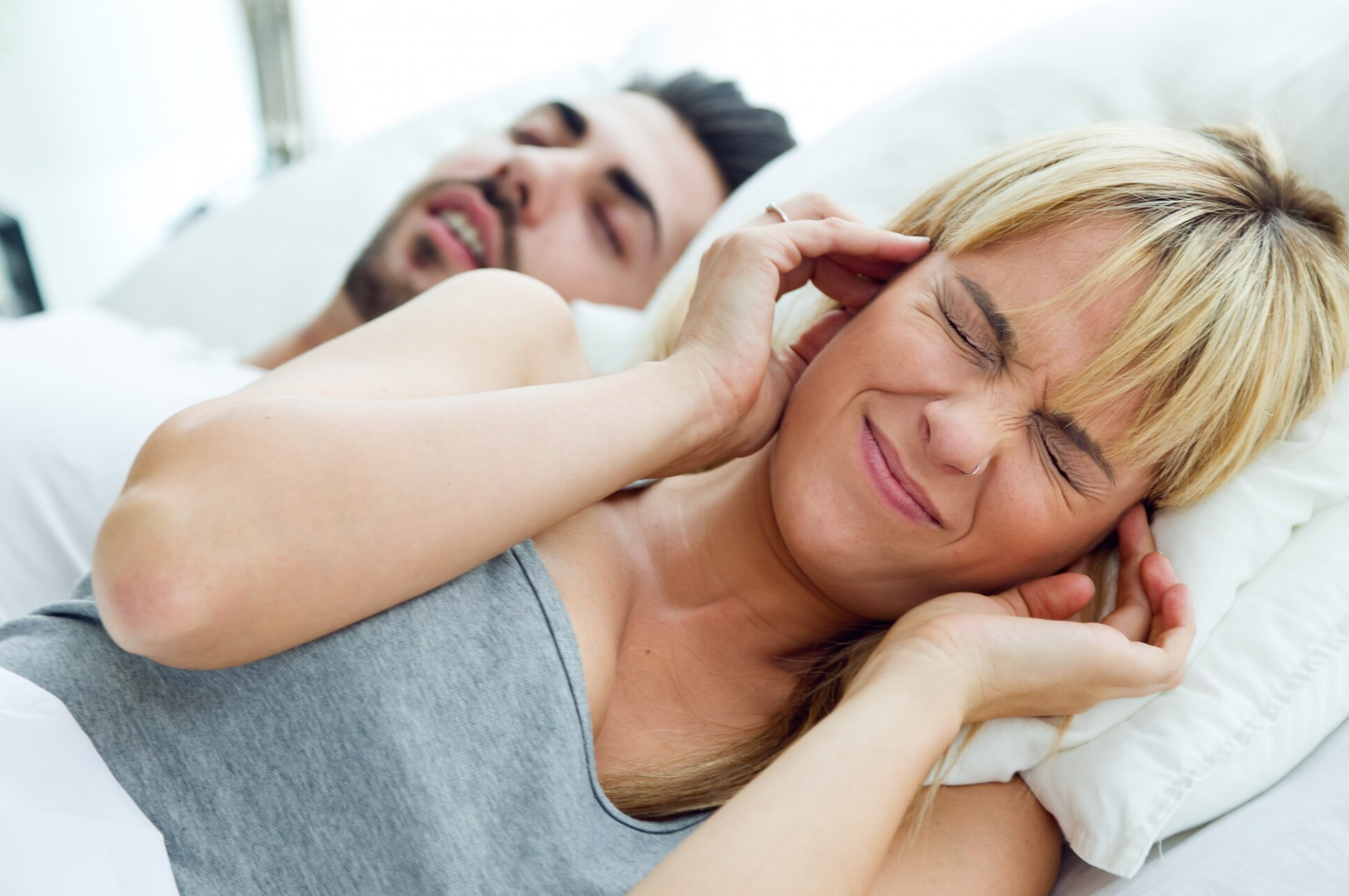Understanding Sleep Aponea: Types and Effective Solutions

Sleep aponea is a prevalent yet often overlooked sleep disorder that impacts millions of individuals worldwide, resulting in potential health consequences. This condition involves interruptions in breathing during sleep, leading to a range of symptoms. In this blog post, we will explore the various types of sleep aponea and discuss effective solutions to manage and alleviate its effects.
Types of Sleep Aponea:
1. **Obstructive Sleep Aponea (OSA):**
- OSA is the most common form of sleep aponea, characterized by the relaxation of throat muscles during sleep, leading to a temporary blockage of the airway.
- Recognizable symptoms include loud snoring, choking or gasping for air, and disrupted sleep.
- Risk factors for OSA include obesity, family history, and certain medical conditions.
2. **Central Sleep Aponea (CSA):**
- CSA is less prevalent and arises from a failure of the brain to send appropriate signals to the muscles controlling breathing.
- Unlike OSA, individuals with CSA may not exhibit typical signs of airway obstruction, making diagnosis more challenging.
- CSA is often linked to underlying medical conditions like heart failure or neurological disorders.
3. **Complex or Mixed Sleep Aponea:**
- Complex sleep aponea, also known as mixed sleep aponea, is a combination of both OSA and CSA.
- Individuals with complex sleep aponea display characteristics of both types, necessitating a comprehensive treatment plan addressing both obstructive and central components.
Effective Solutions:
1. **Continuous Positive Airway Pressure (CPAP) Therapy:**
- CPAP is a widely utilized and highly effective treatment for OSA, involving the use of a mask over the nose and/or mouth during sleep to deliver a continuous stream of air, keeping the airway open.
- This therapy aids in reducing snoring, improving sleep quality, and alleviating daytime fatigue.
2. **Bi-Level Positive Airway Pressure (BiPAP) Therapy:**
- BiPAP is a variation of CPAP that adjusts air pressure levels, providing higher pressure during inhalation and lower pressure during exhalation.
- This can be particularly beneficial for individuals with CSA or those finding CPAP therapy challenging to tolerate.
3. **Lifestyle Modifications:**
- Weight loss, especially for individuals with obesity, can significantly improve symptoms of sleep aponea.
- Avoiding alcohol and sedatives before bedtime can prevent the relaxation of throat muscles, reducing the risk of airway obstruction.
4. **Positional Therapy:**
- Changing sleep positions, such as sleeping on the side instead of the back, may help prevent the collapse of the tongue and palate into the airway.
Sleep aponea is a serious condition requiring timely recognition and appropriate intervention. Understanding the types of sleep aponea and adopting effective solutions can lead to improved sleep quality, enhanced overall health, and a reduced risk of associated complications. If you suspect you or someone you know may be experiencing symptoms of sleep aponea, it is crucial to consult with a healthcare professional for proper diagnosis and personalized treatment recommendations.
PS: It is also spelt sleep apnea, just depends where you have learnt your english.



